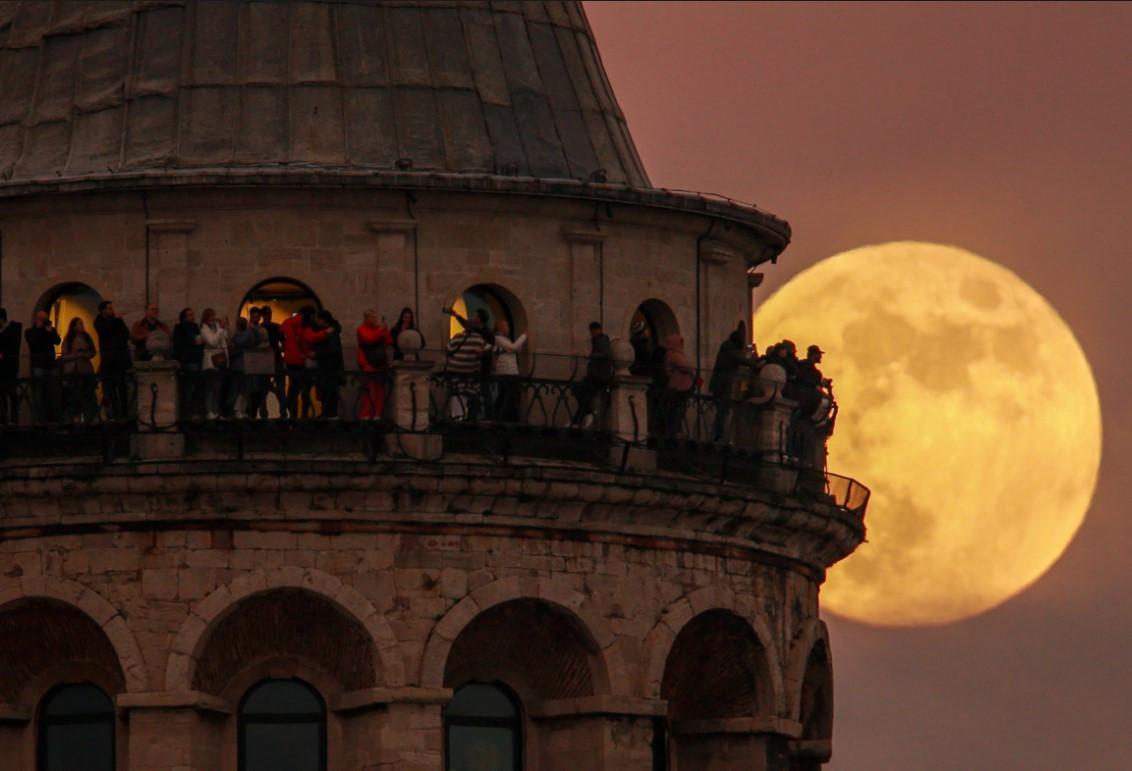
December’s full moon, also known as the “cold moon,” shone bright in the night sky on Dec. 7.
Jupiter, Saturn and Mars were also visible in the night sky, with an extraordinarily rare phenomenon, known as a lunar occultation of Mars, that happened around the moon’s peak fullness, according to EarthSky.
At that point, the red planet disappeared behind the moon for a short period of time. The highly unusual event was visible in parts of the Americas, Europe and Northern Africa.
Dec. 7 also marked the 50th anniversary of NASA’s Apollo 17 mission launch, the last time humans set foot on the moon. This year’s cold moon, then, offered viewers both the chance to enjoy a lunar spectacle and reflect on the monumental space exploration humanity has achieved.
“When you look up at the moon, you should appreciate that it’s not only beautiful … but that it’s a very scientifically important object,” said Dr. Noah Petro, chief of NASA’s planetary geology, geophysics and geochemistry lab.
“There is no other planet in our solar system that has a moon quite like ours. It is unique in many, many ways, and we, as a society, the whole of humanity, are very fortunate to have it literally in our backyard.”
The Apollo 17 spaceflight launched on Dec. 7, 1972. It was the final mission of NASA’s Apollo program and brought the number of humans who have walked on the moon to a grand total of 12. The three crew members, Eugene Cernan, Ronald Evans and Harrison “Jack” Schmitt, returned to Earth on Dec. 19 after a 12-day mission.
The cold moon marked this year’s last full moon event, but December’s skies will also feature two more meteor showers. Sky gazers won’t want to miss the vibrant Geminids, which peak on Dec. 14, and the Ursids swiftly follow and are set to peak on Dec. 22.